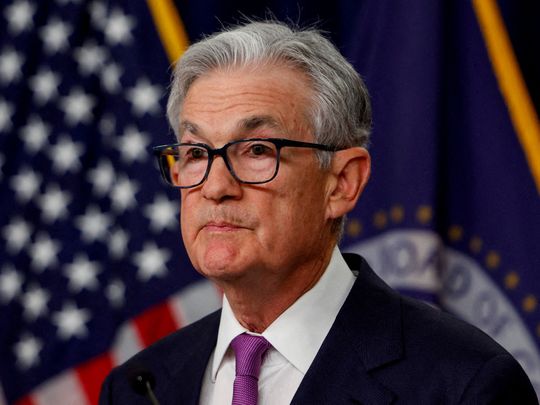Mounting concerns about the sustainability of the government’s budget deficits and the increasing supply of bills and bonds from the US Treasury are undermining bond markets. Secretary Janet Yellen’s department has recently increased the size of its quarterly bond sales for the first time in 2 1/2 years and is now preparing for its November refunding. This, along with the actions of the Federal Reserve, has dashed hopes for a banner year for bonds in 2023.
Geopolitical worries, such as the Israel-Hamas conflict, have also offset haven flows into US debt. Investors are cautious and waiting for catalysts before making any moves. Rate volatility is expected to remain extremely high in the near term.
However, Morgan Stanley Investment Management believes that 10-year treasuries above 5 percent are a “buy”, as they see yields exceeding the firm’s fair value beyond that level. This suggests that investors still have confidence in bonds despite the current challenges.
The rise in the global bond benchmark above 5 percent reflects investors’ belief that central banks, including the Federal Reserve, are unlikely to quickly cut borrowing costs even if they halt rate hikes due to sticky inflation.
There is also a changing composition of the bond market, with the Fed reducing its bond holdings and foreign governments decreasing their holdings. Hedge funds, mutual funds, insurers, and pensions have stepped in to fill the gap. However, these new participants are more price-conscious and are demanding higher yields to compensate for the risk of holding longer-dated debt.
The treasury market is on track for its third consecutive year of annual losses, which is unprecedented. Higher borrowing costs may have a negative impact on the US economy but could help the Fed in its fight against inflation. Mortgage rates have already increased to around 8 percent, and the cost of servicing credit card bills, student loans, and other debts has also risen.
Federal Reserve Chair Jerome Powell has acknowledged the potential impact of rising yields, stating that it could lessen the pressure for tighter monetary policy. This suggests that the central bank is closely monitoring market dynamics and may adjust its course if needed.

I have over 10 years of experience in the field of cryptocurrency and blockchain technology. I have attended numerous conferences and events around the world, and my work has been featured in major publications such as CoinDesk, Bitcoin Magazine, and Yahoo Finance.

